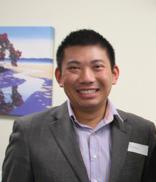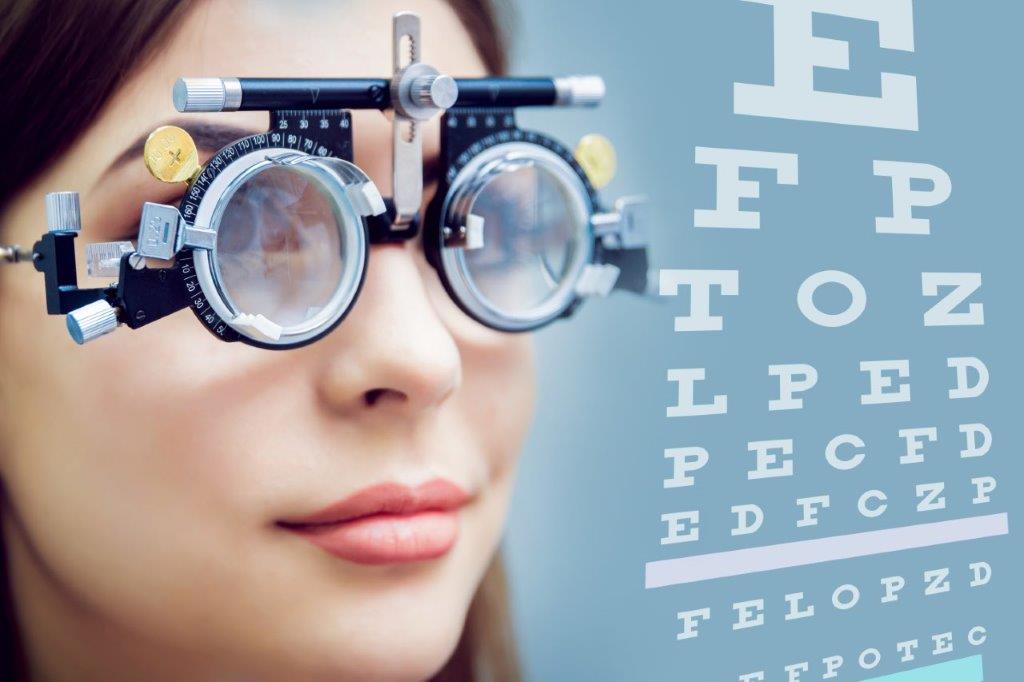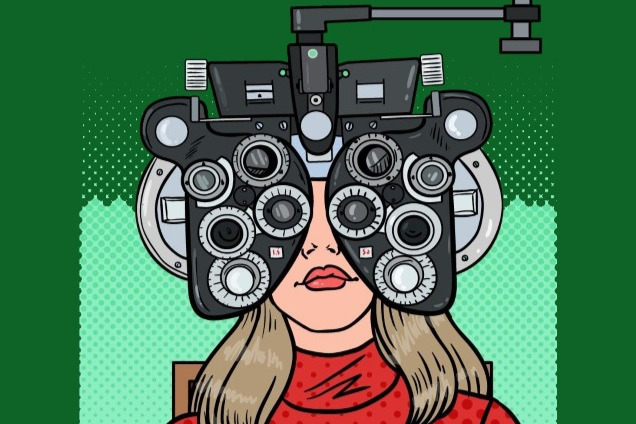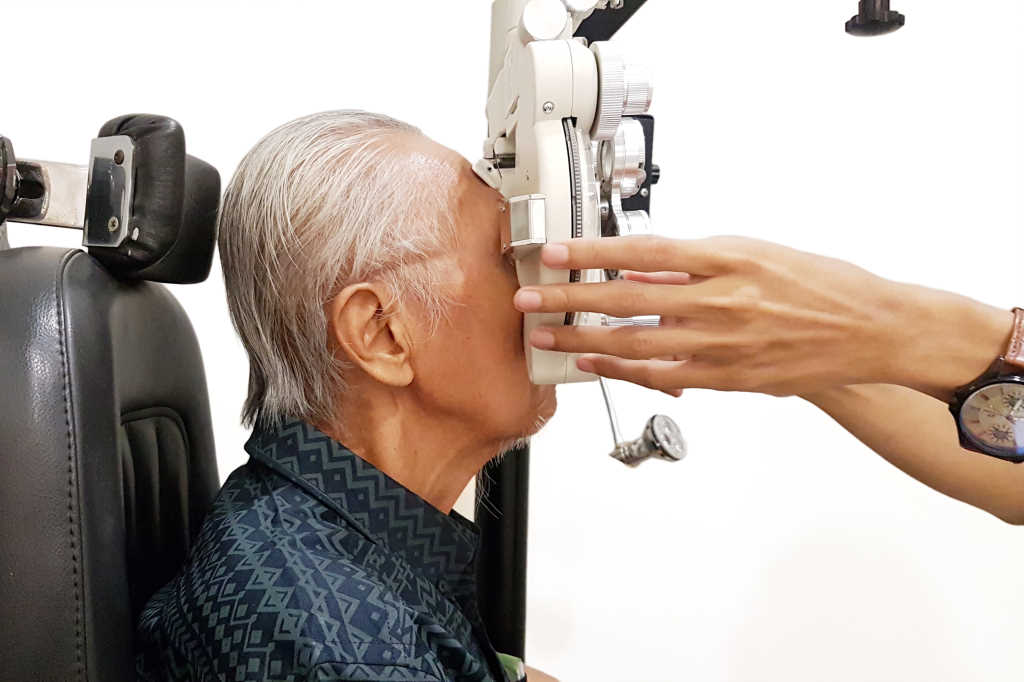Distinct differences in Aotearoa optometry fees
Designed for benchmarking purposes, the recent New Zealand optometry fee survey found the hourly adult examination charge rate varies greatly from $90 to $155 (median rate: $115).
The median examination time was found to be 45 minutes and while around 27% of practices didn’t include pretesting or auxiliary testing in their fees, nearly 30% said they include a retinal photo and 20% include a retinal photo and OCT.
The survey unveiled a diverse range of fee structures influenced by myriad factors, said author Robert Ng from the School of Optometry and Vision Science at the University of Auckland. “While the Optometry Fees Survey 2023 report serves as a benchmark, it is paramount to recognise that individual business variables and regional nuances can lead to variations in fee structures. However, by making this information available, hopefully it will help practices with future contract negotiations with MSD or Te Whatu Ora and those tendering or negotiating for services, to know what rate to charge to make it sustainable for their business.”
Enquiring about a selection of products, Ng found the national median charge for single-vision stock 1.50 index hard multicoat/antireflection (SVS 1.50 HMC) was $225, single-vision grind $349, and entry-level progressive lenses were $599. Average sales per consultation was $500 ($644 per hour). All prices were inclusive of GST.
Geographical and sector discrepancies
Wellington practices came out on top for both highest median rates for adult examinations ($138) and products (SVS 1.50 HMC, $278), which was interesting, said Dr Ng. “I had previously heard Wellington had the highest fees, potentially because it’s not a saturated market, whereas Auckland, for example, is saturated.” Bearing in mind that the response rate was minimal for the smaller regions, he said, the report found Otago/Southland charged the lowest median rates for adult examinations ($105) and some of the lowest median rates for products (SVS 1.50 HMC $199).

Robert Ng
Compared with other industries (health and others) and taking time, qualifications and expertise into consideration, it appears practices are often not charging a full service fee rate, said Ng. “Often patients shop around and ask, ‘how much does an eye exam cost?’ But it’s not as simple as that. As the results showed, the time allocated and cost vary dramatically. I believe public education can play an important role here. Some patients might have different expectations (having) got a refraction only from someone untrained overseas and think that’s a complete eye exam, (so) don’t see why they have to pay $100 in New Zealand.”
The anonymous online survey had 44 responses. The four main corporates – OPSM, Specsavers, Bailey Nelson and Oscar Wylee – constitute 252 of New Zealand’s 400 practices. Since business decisions are often made by the head office in corporate entities, the four corporates were each counted just once, reducing the total number of practices to about 149, said Ng. Using the adjusted number of practices, the response rate represents about 30% of the country’s optometry practices, indicating a potential selection bias skewed towards independent practices, he said. “However, as independent practices represent the majority of the optometry industry, this skew is a representation of the current optometry sector.” A response rate of between 20-25% for a survey is generally acceptable with a sample of fewer than 500, he said.
























